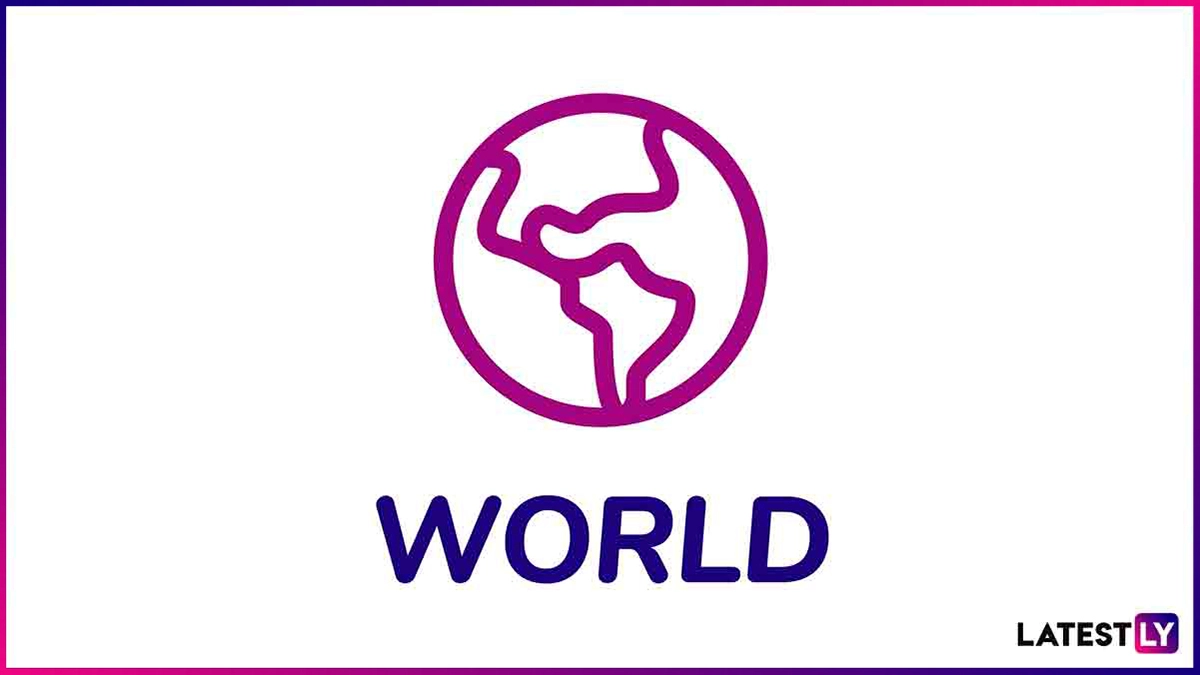Copyright The New York Times

The new rules that kick in next year for health savings accounts may make the plans more attractive, as Americans consider their insurance options for 2026. Changes enacted this summer, as part of the federal budget reconciliation law, tweaked the rules for the accounts, known as H.S.A.s, aiming to broaden their appeal. The changes could attract as many as four million new H.S.A. participants, the research firm Morningstar estimated. There were about 40 million accounts holding almost $159 billion as of midyear, according to Devenir, an investment services firm specializing in the plans. Here’s what to know about H.S.A.s for 2026. How do health savings accounts work? H.S.A.s let people set aside pretax money for health and medical care, whether they need it now or in the future. Funds not needed for current health care can be saved or invested to grow over time, providing funds for care later in life. Money in the accounts grows tax-free and is tax-free when withdrawn and spent on eligible care or products. (There’s no federal tax on the accounts, but some states, including California and New Jersey, assess state taxes.) If you have health coverage through your employer, you can take the account with you if you change jobs. “They are the very best investment vehicle that exists,” said James Gelfand, the chief executive of the ERISA Industry Committee, a lobbying group for large employers that offer workplace benefits. There’s a catch, however. The accounts are available only to people with health insurance that meets specific criteria, including minimum deductibles, the amount you pay out of pocket before your insurance pays. For 2026, qualifying plans must have a deductible of at least $1,700 for an individual and $3,400 for family coverage. But deductibles for the plans can be much higher: KFF, a health policy research group, says the average deductible for an employer-based H.S.A. plan in 2025 is $2,578 for single coverage and $4,932 for family coverage. By comparison, the average deductible for a preferred-provider plan, a common insurance option that lets you pay less when seeing in-network doctors, is $1,337 for single coverage and $3,118 for family coverage, KFF says. Because the plans have a high deductible, many people don’t take advantage of the H.S.A. investment benefits because they need the cash to pay their medical bills. Just 10 percent of accounts have money invested, Devenir said. More Affordable Care Act plans now qualify for H.S.A.s. As a result of the budget legislation, “bronze” and “catastrophic” health plans offered on federal and state health insurance marketplaces now qualify for H.S.A.s. The exchanges offer coverage to people who don’t have insurance through an employer or a government program like Medicare or Medicaid. Previously, those plans — which have higher deductibles and lower monthly premiums than the “silver” and higher tiers of Obamacare plans — didn’t qualify for H.S.A.s, Mr. Gelfand said. The plans may have been ineligible, for instance, because they covered certain primary care services — other than the preventive care required by the Affordable Care Act — outside the plan deductible, meaning that patients didn’t have to meet their deductible before insurance paid for the care, said Kaye Pestaina, the director of the program on patient and consumer protection at KFF. That’s changed as of 2026. It means some Obamacare shoppers may give the plans a closer look, especially as many confront significantly higher premiums for marketplace plans. The catastrophic plans have very high deductibles — $10,600 for an individual in 2026 — and may offer coverage for only limited office visits. The plans are generally available to people under 30 and aren’t offered in all states. But they may also be an option for other people who have a financial “hardship” if, for instance, they are losing eligibility for the tax credits that make Obamacare plans affordable. That’s relevant because more generous pandemic-era subsidies that made marketplace plans affordable for many people are set to expire at year end, unless Congress votes to extend them. But Republicans and Democrats are in a stalemate over that issue, leading to an extended government shutdown. So it’s unclear if any agreement will be reached that adjusts the premiums. Ms. Pestaina at KFF said shoppers should carefully compare the overall costs of a bronze or catastrophic plan with other options, rather than just comparing the monthly cost. “People just tend to look at the premium,” she said. But “can you handle a high deductible?” she added, urging people to consider what they would have to pay out of pocket if they became ill. It may also make sense to hold off on choosing a plan for 2026, Ms. Pestaina said, in case Congress reaches a deal on continuing health plan subsidies. “Wait a little bit,” she said, and pay attention to any developments. If you enroll through healthcare.gov, you have until Dec. 15 to choose a plan and have coverage begin on Jan. 1. Some states, though, may have different deadlines. H.S.A. funds can now be used to pay for ‘direct’ primary care. Funds in an H.S.A. can now be used to pay fees for so-called direct primary care arrangements, in which patients pay a monthly or annual subscription fee to their doctor. In exchange, they get benefits like same-day appointments and unlimited office or online visits, as well as a bundle of services including some tests and minor procedures, like suturing. About 9 percent of family physicians reported that they were operating in a direct primary care practice, according to a 2023 survey by the American Academy of Family Physicians, up from 3 percent in 2022. Previously, the direct-care arrangements were ineligible for payments from an H.S.A. under Internal Revenue Service rules, Shawn Martin, the chief executive of the American Academy of Family Physicians, said. But that will change starting Jan. 1. Doctors like the arrangement, he said, because it allows them to avoid the hassle of dealing with insurers and gives them more control over the amount of time they spend with patients. Patients typically pay $20 to $49 a month for children and $50 to $100 a month for adults, according to 2024 data from the academy. Family fees typically start at $100. Patients usually carry a separate insurance plan, in addition to the direct-care program, to cover serious ailments and hospitalizations. “It doesn’t eliminate the need for health coverage for accidents,” Mr. Martin said. “It does not mean you don’t need insurance.” The favorable treatment of telemedicine services is now permanent. The budget law gave millions of Americans permanent access to telehealth services, outside plan deductibles, without risking their eligibility to contribute to H.S.A.s. Telemedicine, sometimes called telehealth, lets patients consult doctors online. The services were made H.S.A.-compatible during the pandemic, but that policy was set to expire. The update makes the policy permanent — retroactive to Jan. 1, 2025 — meaning that H.S.A. plans can cover telehealth services before patients meet their plan’s deductible. How much can I contribute to an H.S.A.? In 2026, individuals can contribute up to $4,400, while people with family coverage can put away up to $8,750. People 55 and older can contribute an extra $1,000. What should I look for in a health savings account? Check for any monthly account fees, a diverse menu of investments and, if the H.S.A. is to be used as a basic savings account, the interest rate paid, according to Morningstar. The firm recently evaluated about a dozen H.S.A. providers for use either as spending accounts for current medical costs or as long-term investment accounts. Just four firms — Fidelity, HealthEquity, HSA Bank and Saturna — scored “above average” or better for both situations. (The analysis included plans offered only to individuals; it did not include H.S.A.s available through job-based health plans because details vary by employer, Morningstar said.) Most people use the money in H.S.A.s to cover ongoing health needs and keep the funds in a basic spending account option, where it generally earns paltry interest rates. Fidelity paid the highest rate, 2.19 percent, Morningstar found, but that’s still below the rate of inflation, which was 3 percent in September.



